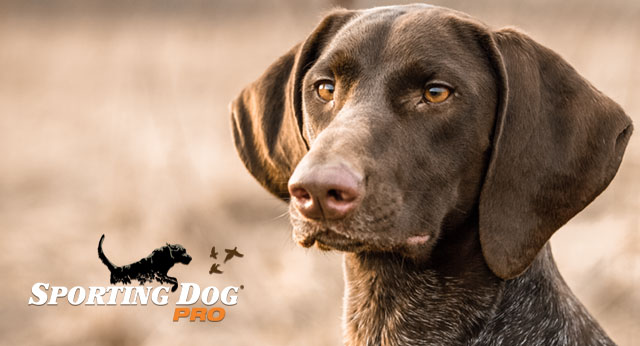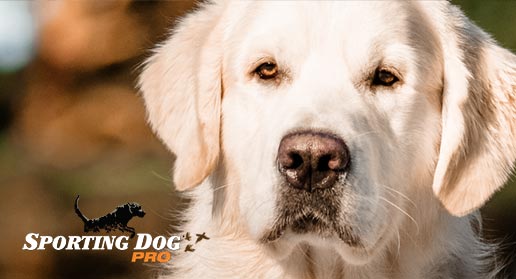You have no items in your shopping cart.
Limber Tail Syndrome: Why is my dog's tail limp?

Learning how to recognize, prevent and treat limber tail syndrome, a condition that affects many sporting dogs can make dealing with Limber tail a fairly easy process.
Limber tail syndrome is actually just an injury to upper muscles in the dog's tail. However, it is very uncomfortable and painful for your dog. Limber tail usually does not begin to bother your dog until several hours after the injury. Often following a day out in the field or other strenuous exercise is when the condition begins to rear it’s ugly head. Limber tail is almost impossible to recognize until several hours after the injury. Most dogs that are affected with Limber tail are the same ones that would pretty much die trying to chase after game or jump at the chance to please you. Having an overworked dog at the end of a good day of training or hunting is not unusual simply because that is what drives most hunting dogs. However, over working your dog, especially early in the season when they have not had the chance to build up muscle is when an injury like limp tail syndrome is more likely to happen. For example, a water dog uses his tail as a rudder and if he hasn’t used it for a while, the muscles will be weaker. This doesn't mean he won’t try just as hard but, he hasn’t been conditioned and will put himself at risk for you. Therefore, you must recognize when enough is enough and watch out for him.
Although, limber tail syndrome is more common in sporting dogs it is also a condition that any dog can acquire. A dog’s tail serves a purpose, it is there to provide balance and dogs use their tails far more than we probably realize. One other common cause of limber tail is prolonged crate confinement. Especially if they are in a crate for a long time and then suddenly are released to run wild.
There are things you can do to help prevent limber tail syndrome.
It certainly is easier to start with prevention. Therefore, always start the training season off slowly and don’t wait for your dog to let you know he has had enough, he may never do that. Also, avoid starting the training in extremely cold water because, the combination of weak muscles and icey water is a prime environment to cause limber tail syndrome. Last, but not least, always avoid long hours of crating, he needs to get out and stretch every few hours, if that is not possible then consider a larger crate that gives him room to fully extend his neck and space to stretch and move around.
If however, you notice your dog’s tail hanging down limply from the base and he doesn’t appear to be able to move it or it seems painful to the touch and in extreme cases the hair might be standing at the base of his tail then you need to secure him and possibly get him to a veterinarian for an anti inflammatory medication to help ease his pain. Even though limber tail isn’t life threatening, it is very painful and can last several days to possibly weeks without treatment. Make sure while recovering that your dog is provided with a comfortable place to rest and recover and be careful about allowing him to return to normal activity too soon as reinjury is even worse.
Limber tail syndrome is often refered to as limp tail, rudder tail, cold water tail, broken tail, dead tail, broken wag, or sprung tail.
Educating ourselves about what can cause injury is the first step in showing our dogs that we love them and that we want to return their unmatched dedication.












